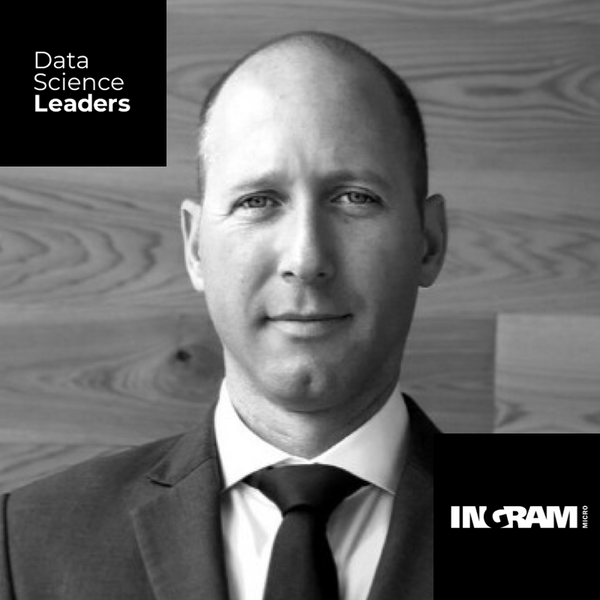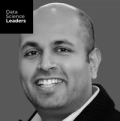episode 28
How a Centralized Data Science “Nerve Center” Can Power Global Impact
Data Science Leaders | 37:09 | November 17, 2021

Listen how you want
Get new episodes in your inbox
There are many ways to structure a data science function in a global enterprise. But what’s been the winning strategy for global technology distributor Ingram Micro? Creating a data science “nerve center.”
Centralizing data science talent has helped elevate analytics at Ingram Micro to better solve complex business problems using machine learning and AI.
In this episode, Tim Suhling, VP Global Business Intelligence at Ingram Micro, explains how it all happened, and what data science leaders everywhere can learn from the transformation. Plus, he shares his perspective on how data science can impact “Customer 360” programs and different approaches to measuring the success of models.
We discuss:
- The relationship between data science and business intelligence
- Embarking on a customer 360 initiative
- Measuring the effectiveness of data science
Popular episodes

James Cham
Partner, Bloomberg Beta
EPISODE 71April 11, 2024
Unlocking the disruptive potential of generative AI: a VC perspective
Listen Now | 28:49
Volodimir Olexiouk
Director of Scientific Engagement and Data Science Team Lead, BioLizard
EPISODE 70March 28, 2024
Overcoming the data challenges of AI-driven drug discovery
Listen Now | 36:49
Rahul Todkar
Head of Data and AI, Tripadvisor